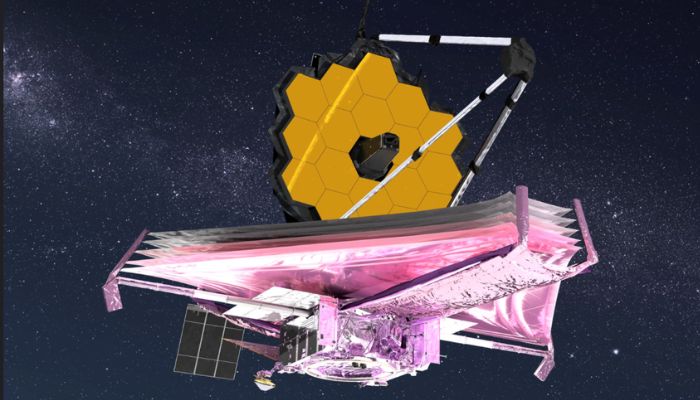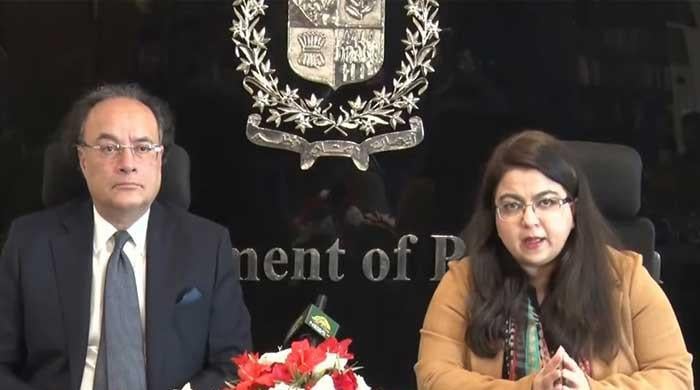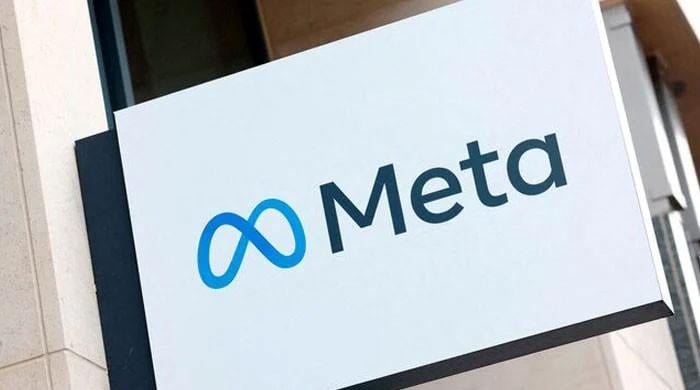Could Halley’s Comet damage $10 billion James Webb Telescope?
Webb's creators expect one meteoroid strike a month but if telescope moves through debris stream, chances of being hit increase hugely
July 29, 2022

- James Webb Space Telescope (JWST) will fly through debris left by Halley's comet.
- In May 2022, JWST was damaged by one of micrometeoroids.
- Webb's creators expect one meteoroid strike a month but if telescope moves through debris stream, chances of being hit increase hugely.
The James Webb Space Telescope (JWST) will be flying through debris left by Halley's comet, reported Forbes.
Experts are working on minimising the chance of a micrometeroid hitting the telescope that is worth $10 billion. Previously, in May 2022, JWST was damaged by one of the micrometeoroids.
Now, however, with scientists working on mitigation of the issue, Halley's comet cannot impact the space telescope.
The comet, which measures 15 km by 8 km wide, is not expected in our solar system again till 2061. By then, JWST will no longer be in use. In fact, even our premier space observatory is expected to last till 2040.
Comets are made of rocks and ice. As they move closer to the sun, they melt, leaving streams of dust and debris behind.
Webb's creators expect one meteoroid strike a month but if the telescope moves through the debris stream, the chances of being hit increase hugely.
NASA’s meteoroid environment office at the Marshall Space Flight Center in Huntsville, Alabama is calculating forecasts for JWST engineers, reported Nature.
Webb is expected to travel through Halley's comet stream in May 2023 and May 2024.









